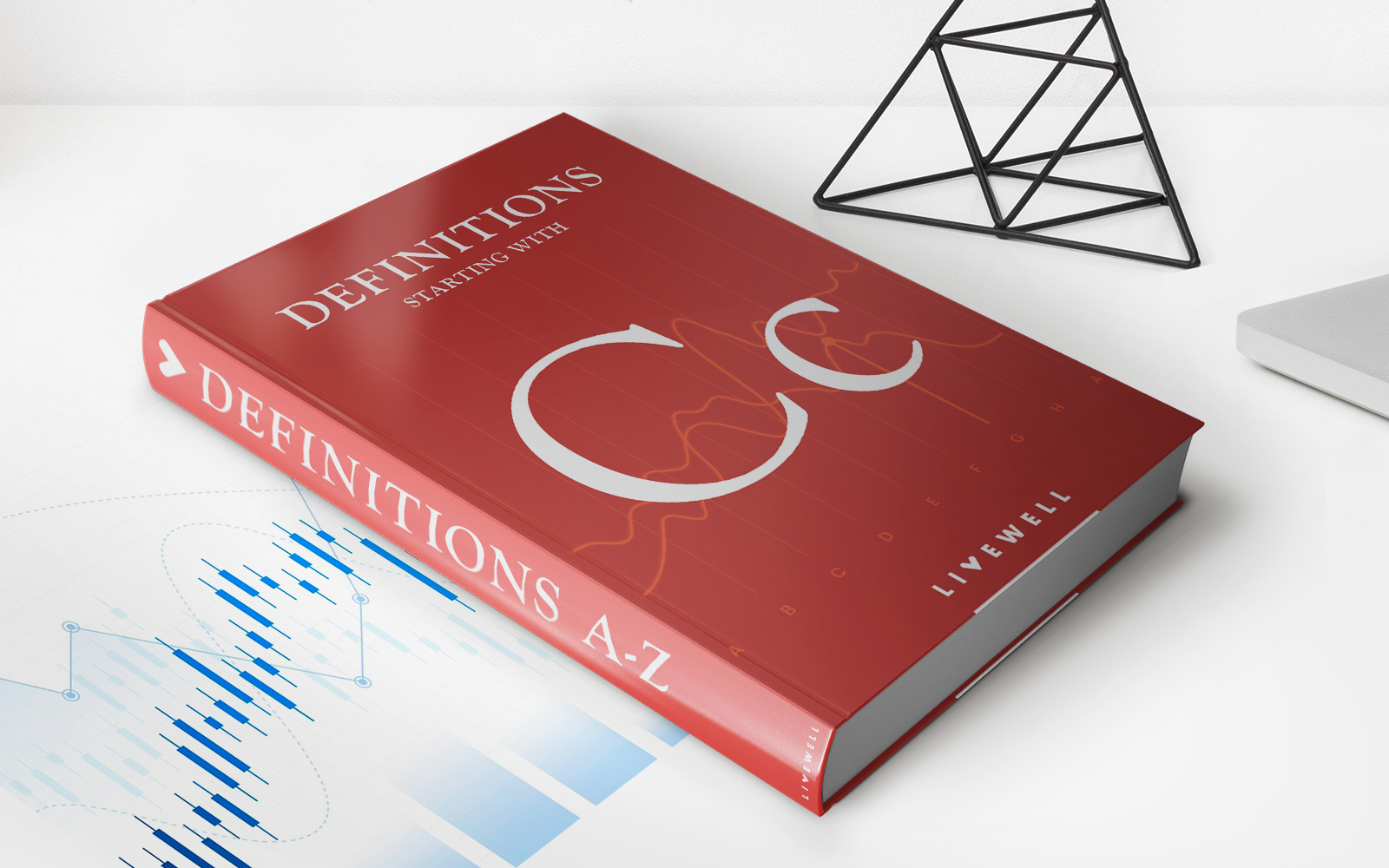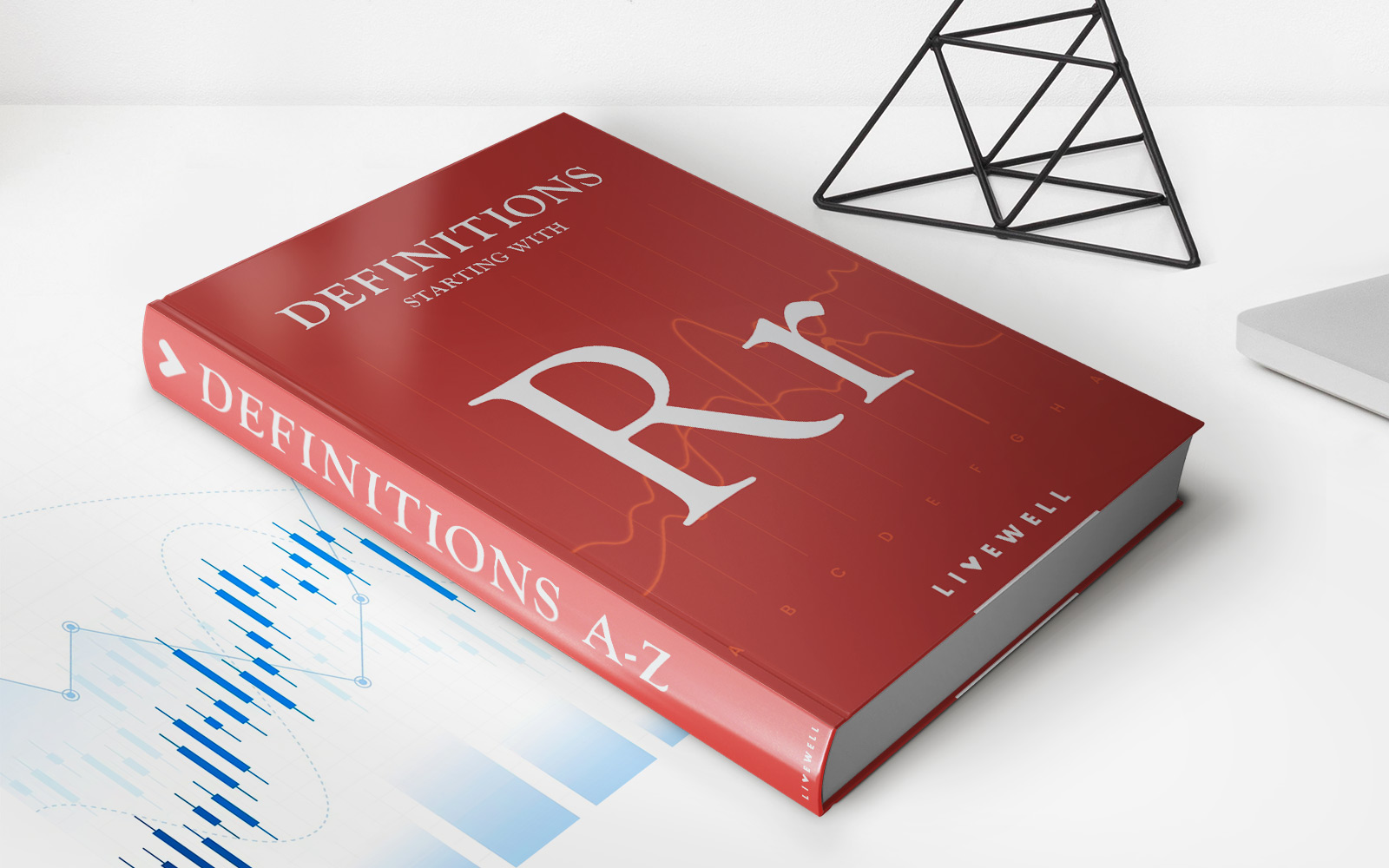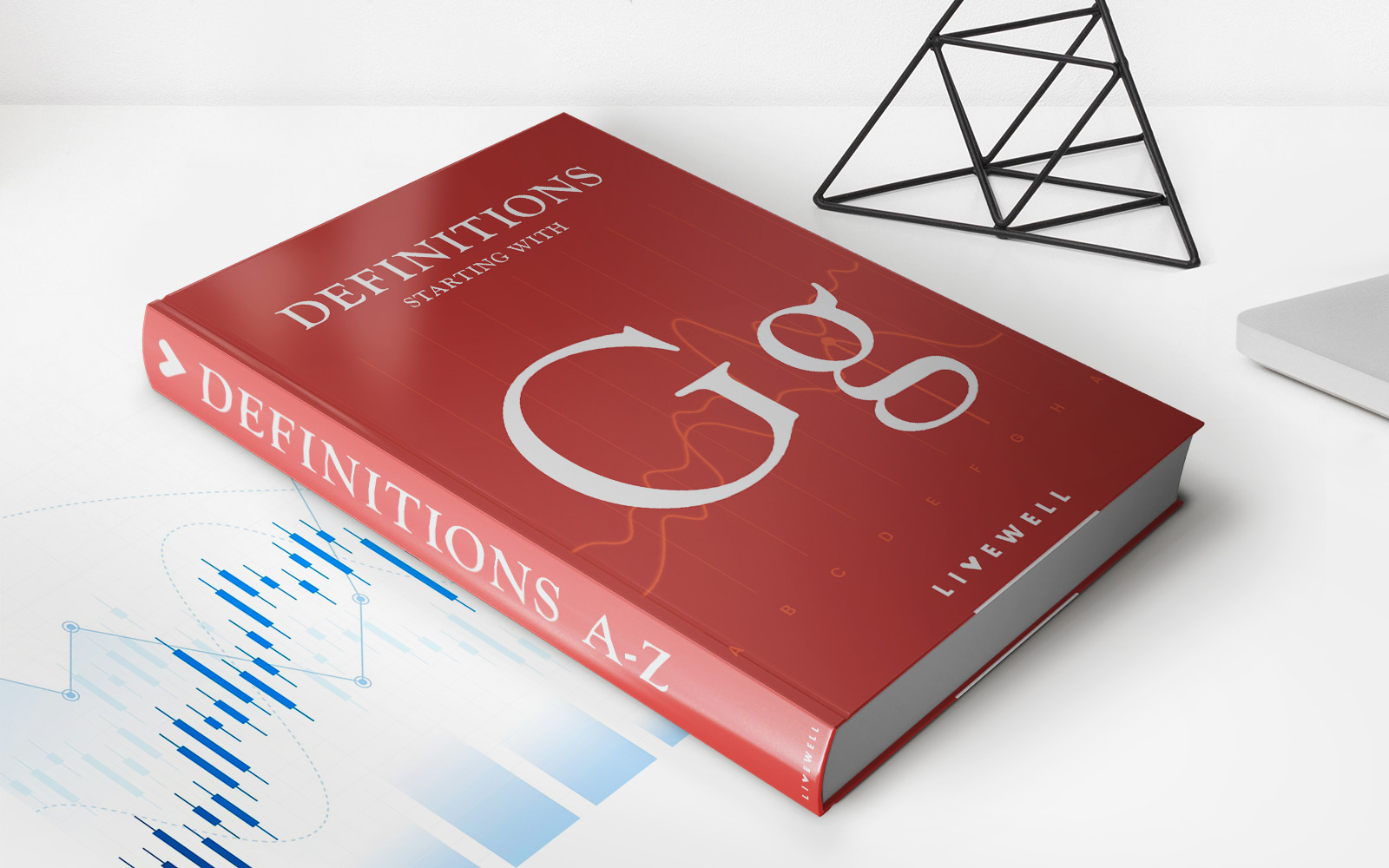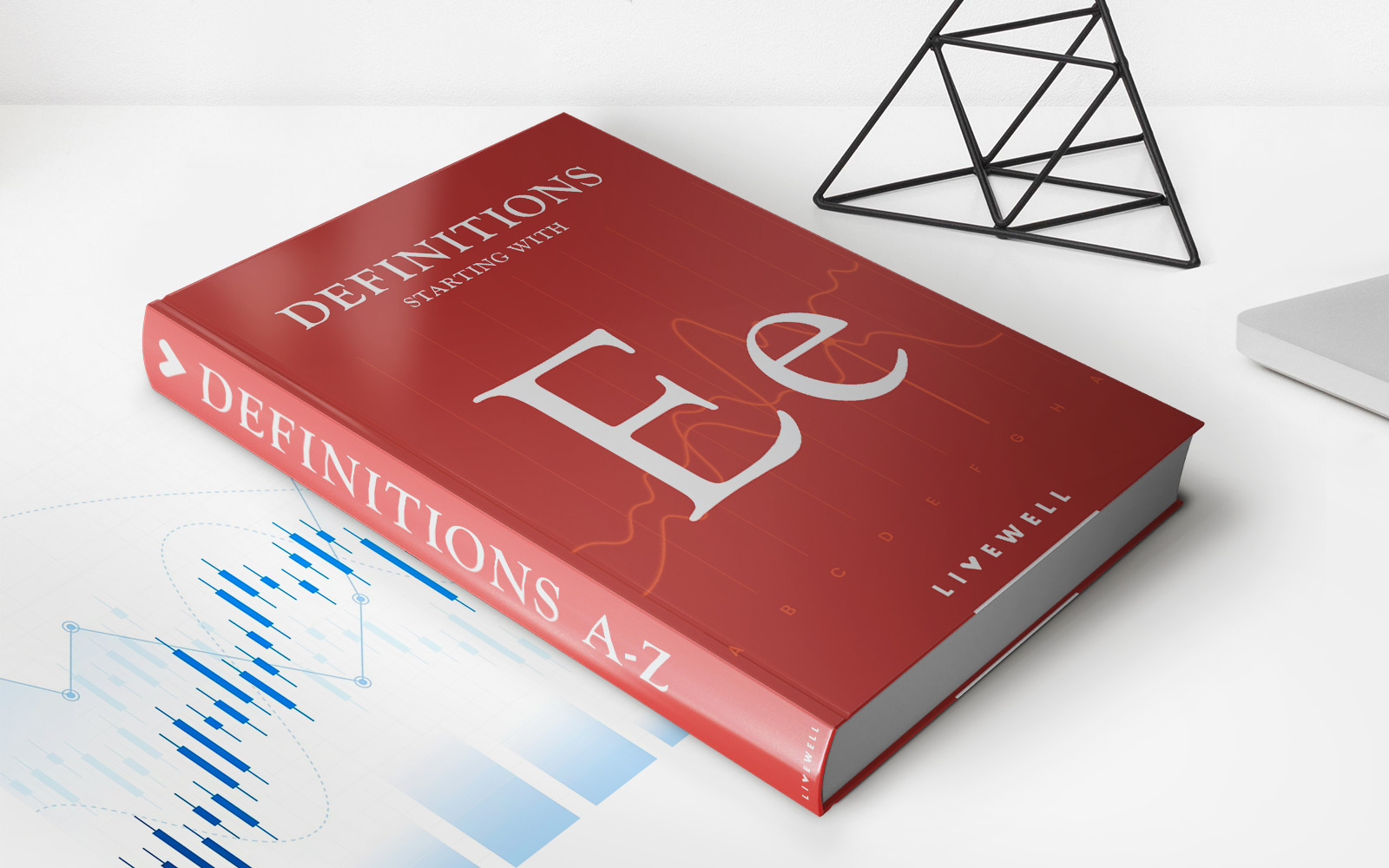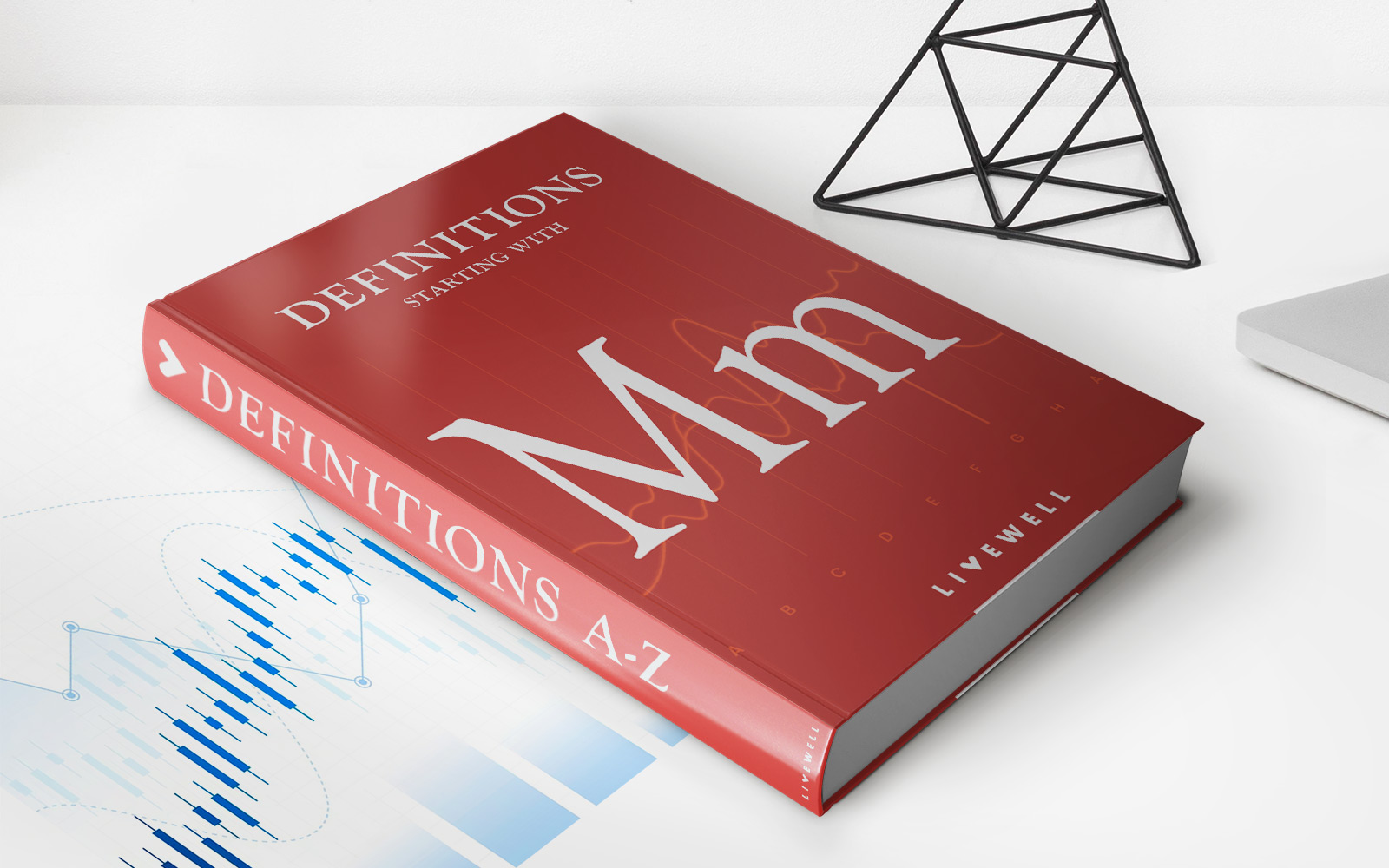Home>Finance>Gross Margin Return On Investment (GMROI): Definition, Formula
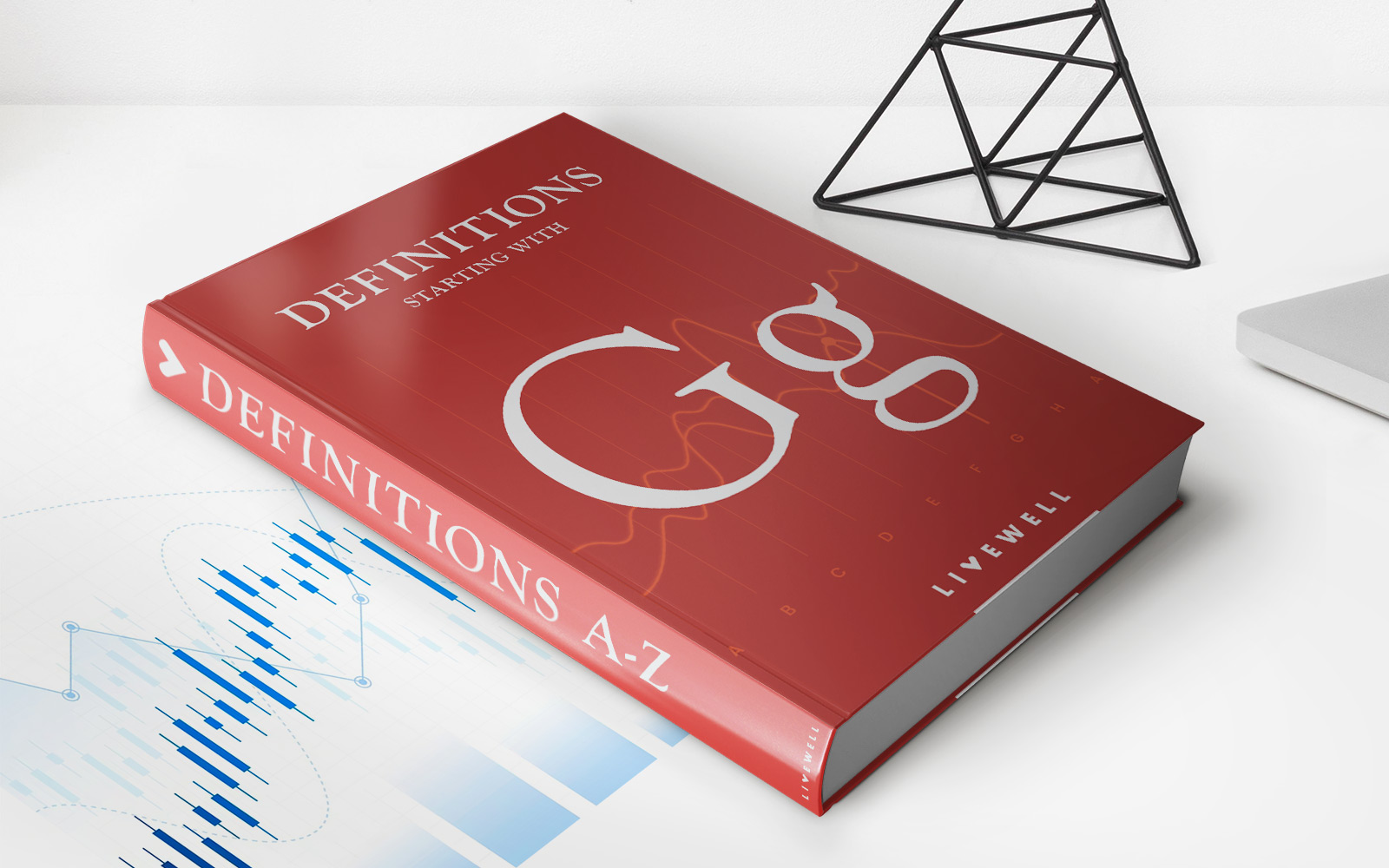

Finance
Gross Margin Return On Investment (GMROI): Definition, Formula
Published: December 2, 2023
Learn how to calculate GMROI and its significance in finance for optimizing profitability.
(Many of the links in this article redirect to a specific reviewed product. Your purchase of these products through affiliate links helps to generate commission for LiveWell, at no extra cost. Learn more)
What is Gross Margin Return on Investment (GMROI)?
Welcome to another Finance blog post! Today, we are going to dive into the world of Gross Margin Return on Investment (GMROI). You might be wondering, what exactly is GMROI? Well, you’re in the right place to find out! In this article, we will define GMROI, explain its formula, and discuss why it is an important metric in the world of finance.
Key Takeaways:
- GMROI is a metric used to assess the profitability of a company’s inventory.
- The formula for GMROI is Gross Margin divided by Average Inventory Cost.
Defining GMROI
GMROI, also known as Gross Margin Return on Investment, is a financial metric that helps businesses determine the profitability of their inventory investment. It measures the return a company receives in relation to the investment made in purchasing and storing inventory. By understanding the performance of their inventory, businesses can make informed decisions to optimize their profitability.
The GMROI Formula
The formula to calculate GMROI is relatively simple yet effective. It is calculated by dividing the Gross Margin by the Average Inventory Cost. Let’s break it down:
Gross Margin: Gross Margin is the difference between a company’s net sales revenue and the cost of goods sold (COGS). It represents the profit a company makes on its products or services.
Average Inventory Cost: Average Inventory Cost represents the average value of the inventory over a specific period of time. It is calculated by adding the opening inventory value and the closing inventory value, then dividing it by two.
Once you have these values, plug them into the formula: GMROI = Gross Margin / Average Inventory Cost.
Why is GMROI Important?
GMROI is an important metric in finance because it helps businesses optimize their inventory management and determine which products are generating the most profit in relation to their investment. By calculating GMROI, businesses can identify slow-moving or low-profit products and make educated decisions about inventory levels, pricing strategies, and even supplier relationships.
Here are some key reasons why GMROI is important:
- Inventory Optimization: GMROI can help businesses identify which products are worth investing in and which ones may need to be phased out. By focusing on high-profit products, businesses can optimize their inventory levels, reduce carrying costs, and ensure they are maximizing their profitability.
- Pricing Strategies: GMROI can also assist in setting pricing strategies for products. By comparing the Gross Margin generated by different products, businesses can make informed decisions about pricing, discounts, and sales promotions. They can prioritize products with higher GMROI and adjust pricing for products with lower GMROI to improve profitability.
Now that you have a better understanding of Gross Margin Return on Investment (GMROI), you can leverage this metric to analyze your inventory investment and make data-driven decisions. By focusing on high GMROI products and optimizing your inventory management, you can boost your profitability and drive the success of your business.
